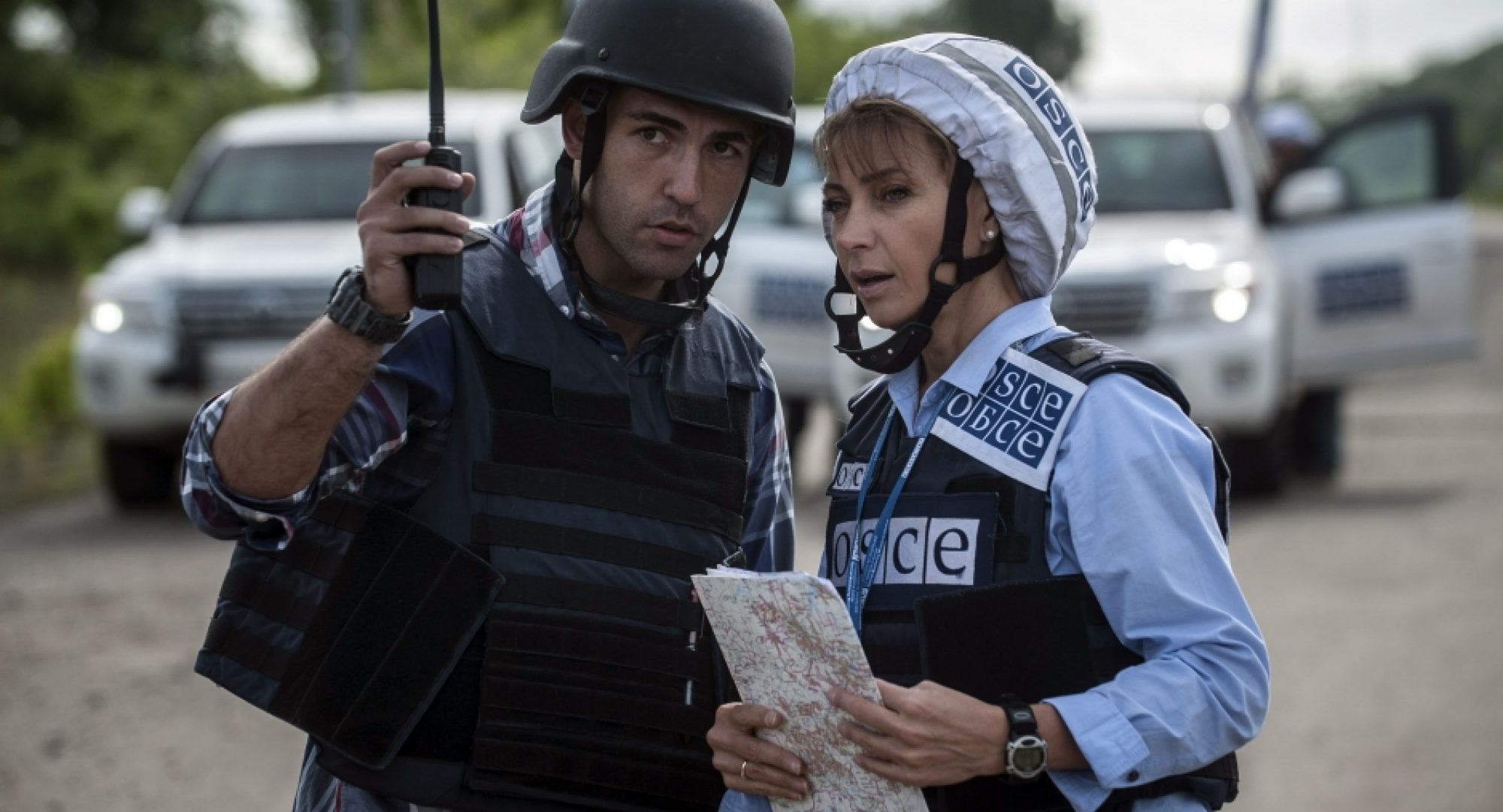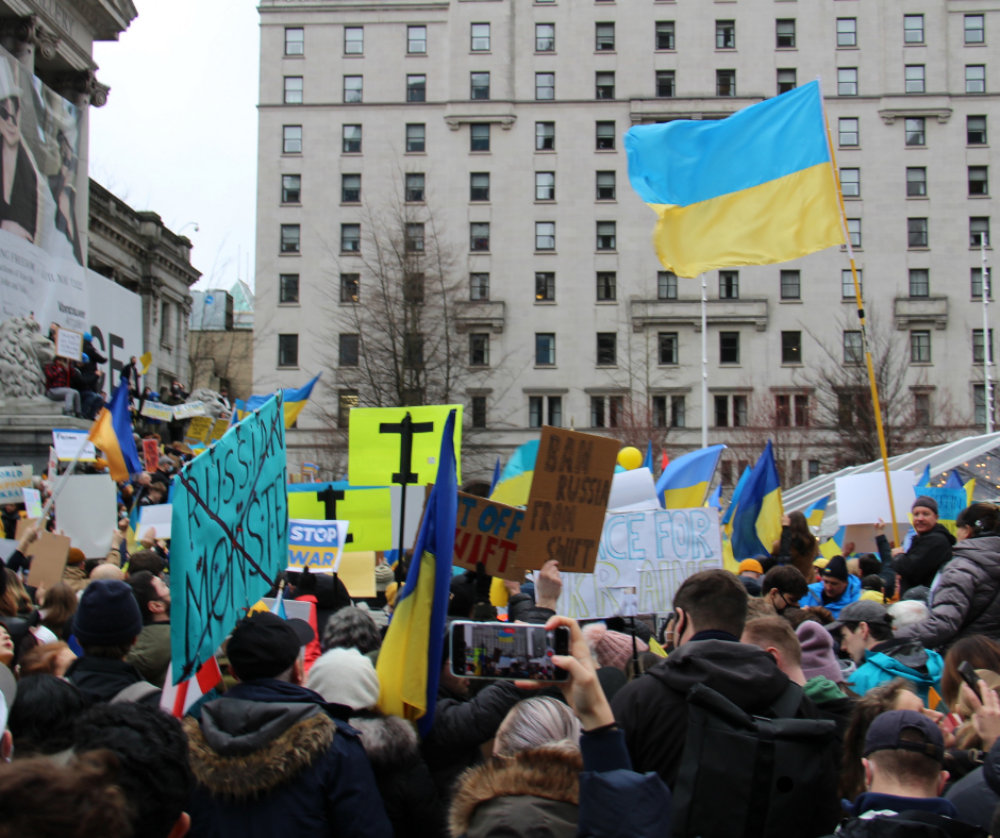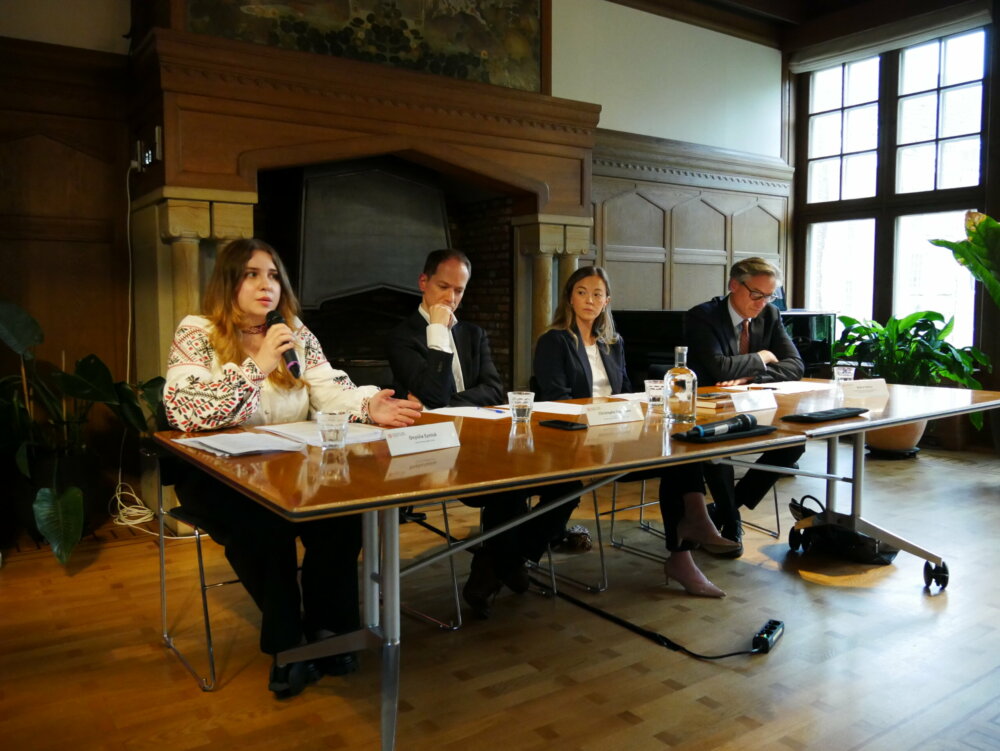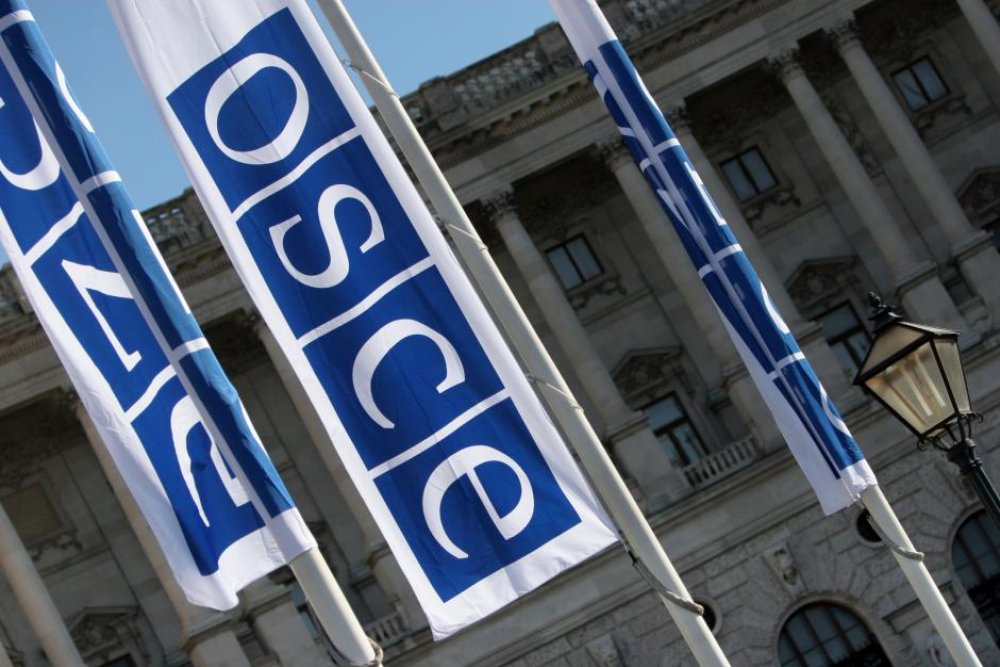Photo: OSCE/Evgeny Maloletka

Austrian OSCE Chairmanship pushes for strengthening of OSCE Special Monitoring Mission to Ukraine
The OSCE Special Monitoring Mission (SMM) to Ukraine is currently the only large-scale international presence on the ground in eastern Ukraine. The more than 600 OSCE monitors report about ceasefire violations in eastern Ukraine on a daily basis and have thus become “the eyes and ears” of the international community on the ground.
The OSCE SMM is composed of civilian, unarmed monitors, seconded by the 57 OSCE participating States. Maintaining the security of the OSCE monitors is thus of vital importance. For example, OSCE monitors can only access certain areas in eastern Ukraine once they have received security guarantees from the conflict parties, assuring them that the area is safe for them to enter. On the one hand this leads to a situation where certain military manoeuvres or weapons storage sites might escape the attention of the monitors; on the other hand, it also means that once the monitors enter a certain area, the shelling there usually stops.
According to this logic, Sebastian Kurz, Austrian Foreign Minister and OSCE Chairperson-in-Office (CiO), has suggested on several occasions to increase the number of OSCE monitors in Ukraine to around 1000 persons in order for the OSCE to enhance its ability to divide the conflict parties and thus reduce ceasefire violations.
He has also called for an increased and more effective use of technology. For example, the OSCE SMM uses drones and cameras to monitor the movement of military hardware and heavy weapons in areas where it is too dangerous for the civilian monitors to enter. This equipmment also helps to monitor ceasefire violations. While some of the long-range Unmanned Aerial Vehicles (UAVs) have been shot down in the past, the use of technical equipment has helped the civilian monitors undertake their difficult and at times dangerous job.
On the margins of this year’s Munich Security Conference, Foreign Minister Kurz held a meeting with Russian Foreign Minister Sergey Lavrov, at which OSCE-related issues were discussed. Foreign Minister Kurz confirmed to the Austrian media after the meeting that the Russian Foreign Minister signalled Moscow’s support to increase the number of OSCE monitors in eastern Ukraine.
While it is in general a good thing to strengthen OSCE instruments and missions, in this case the Austrian Chairmanship will face a number of challenges.
First, the budget of the OSCE SMM will have to be significantly increased. The more monitors (who are seconded by participating States) work for the SMM, the more security equipment has to be purchased, such as armoured vehicles. In addition, other costs such as those for accommodation will also go up. So too will medical support costs. The budget of the SMM has not been approved yet, so the Austrian Chairmanship will face some obstacles here. Hence, the question that has to be asked is whether there really is an added value to be expected from an increased number of monitors, compared to the costs that such an increase will involve.
Second, the OSCE is facing some challenges to recruit sufficient monitors for Ukraine. It should be kept in mind that monitors should ideally have a military or similar background and be familiar with a conflict environment. Participating States have to be ready to second them. Thus far this has proved very difficult.
Third, restrictions of access that monitors are facing now will not go away with more monitors on the ground. More monitors might have more potential overall, but access has to be provided by the conflict parties. In this context, Foreign Minister Lavrov complained at the Munich Security Conference that the OSCE SMM does not report about the situation “west of the line of contact”. He asked the SMM to look into the destruction of infrastructure there and report about it.
Fourth, the difficult question remains how technology can complement patrols, including acoustic sensors, thermal cameras, UAVs and cameras. Such increase in equipment will significantly inflate the budget of the SMM, which has to be approved by all 57 OSCE participating States. But it would give the SMM access to areas where ground patrols currently cannot go, and it would increase the possibility for night monitoring (when most cease-fire violations take place).
So increasing the number of monitors is not a silver bullet. While overall it is a positive initiative to strengthen and increase the OSCE SMM, a number of issues have to be clarified first and budgetary obstacles have to be overcome. The right balance will need to be found between patrols on the ground, and technology in the sky.



Comments
* Your email address will not be published